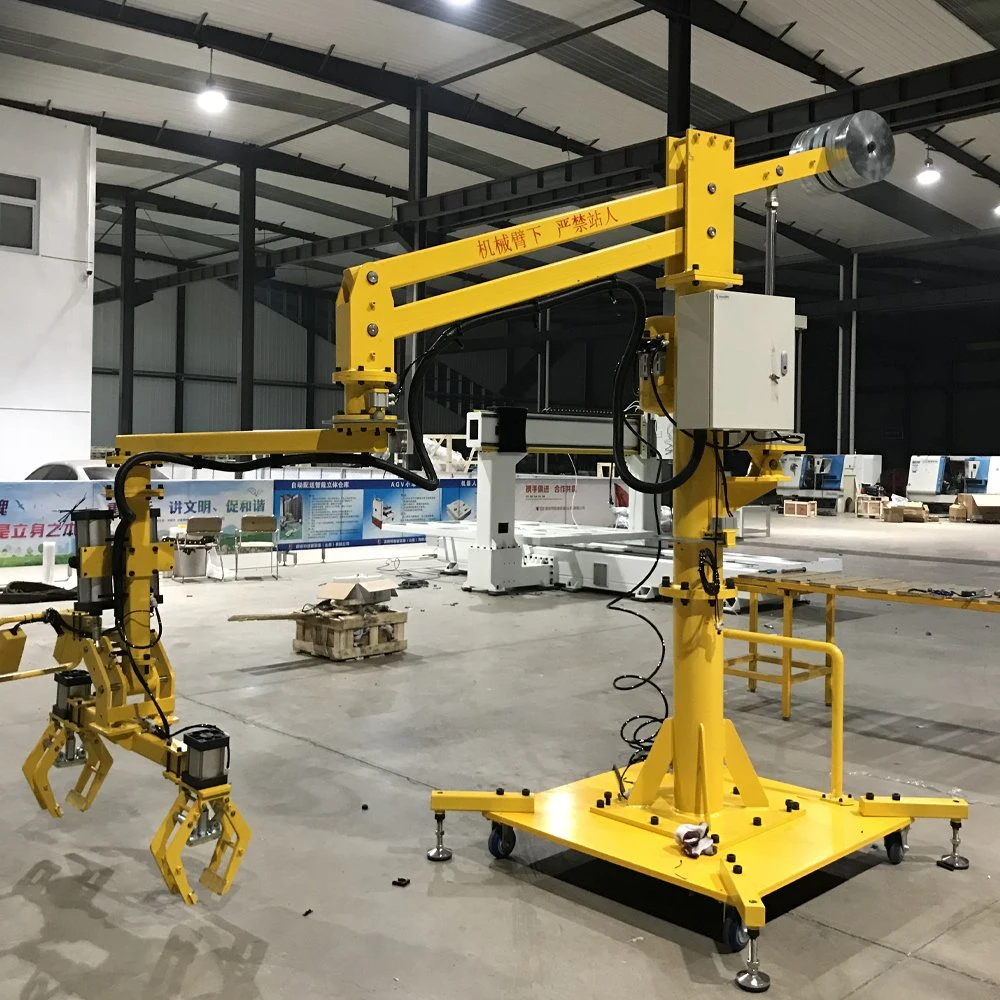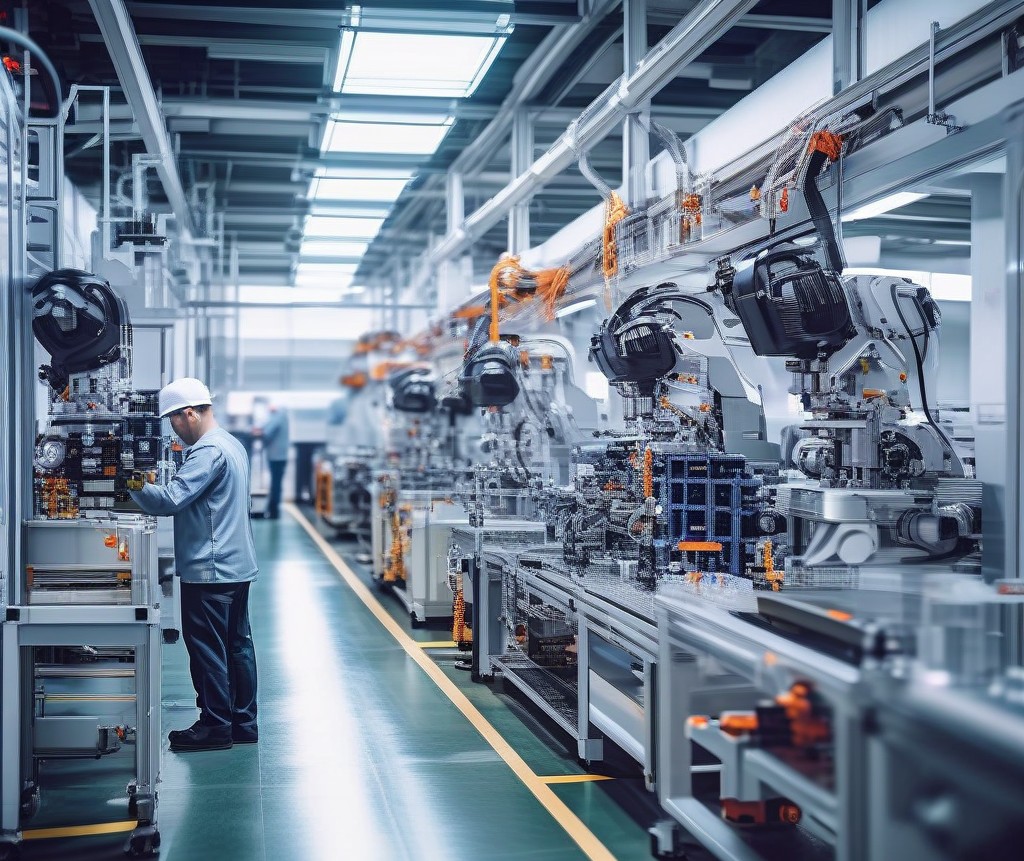In the rapidly evolving world of industrial automation, robotic manipulators, particularly those equipped with hard-arm technology, have taken center stage as game-changers in manufacturing processes. These state-of-the-art machines, known for their rigidity and precision, have been instrumental in driving efficiency, productivity, and quality control within various sectors of industry. This article will explore the recent performance of industrial robotic manipulators and provide insights into their future developments.

Performance of Industrial Robotic Manipulators in Recent Years:
Over the past few years, hard-arm robotic manipulators have proven themselves invaluable across numerous industrial applications. Their ability to perform tasks with high accuracy and repeatability has made them essential components in assembly lines, packaging operations, material handling, and even more complex procedures such as welding and machine tending.
The robustness of these hard-arm robots allows them to operate in harsh environments, maintaining a consistent performance that is unaffected by factors like temperature fluctuations or vibrations. This resilience ensures minimal downtime and maximal operational longevity, which is critical in industries where production continuity is key to meeting demand.
Moreover, advancements in technology have enabled these manipulators to integrate seamlessly with other systems, such as vision systems for quality inspection and sensors for enhanced awareness of their environment. This integration has led to smarter production lines that can autonomously adjust to different tasks and conditions.
Future Developments in Industrial Robotic Manipulators:
Looking ahead, the trajectory for industrial robotic manipulators, especially hard-arm robots, is one of increasing intelligence, flexibility, and collaborative potential. As artificial intelligence (AI) continues to advance, these machines are expected to become more autonomous, capable of learning from experience, making decisions, and adapting to new scenarios without significant human intervention.
We anticipate the rise of collaborative robots, often referred to as “cobots,” that work alongside human workers, enhancing safety and efficiency. With improved sensing capabilities and softer interfaces, these cobots will be designed to interact with humans without posing a safety risk, transforming the workforce into a synergistic blend of human skill and robotic efficiency.
In addition to AI and cobots, the future will see a greater emphasis on modular design and interoperability. Robotic manipulators will be more versatile, capable of being quickly adapted to different tasks and easily integrated into various production systems. This modularity will allow for faster response times to market changes and reduce the cost of reconfiguring production lines.
Furthermore, as sustainability becomes a global priority, the development of energy-efficient and eco-friendly robotic manipulators will gain traction. Innovations in materials and energy-harvesting technologies may lead to robotic arms that are self-sufficient in power, reducing their environmental impact and operational costs.
As with any technological advancement, the expansion of robotic manipulators raises concerns about job displacement. However, as these machines take on more mundane and dangerous tasks, they also create opportunities for human workers to transition into roles that require higher-level cognitive skills, fostering a safer and more fulfilling work environment.

In conclusion, hard-arm robotic manipulators have demonstrated impressive capabilities in recent years, becoming increasingly vital in industrial settings. The future holds promise for these machines to become even more intelligent, collaborative, versatile, and sustainable. As they continue to evolve, their impact on industry will extend beyond just improving productivity; they will redefine how humans and machines work together, contributing to a safer, more efficient, and economically inclusive society.
